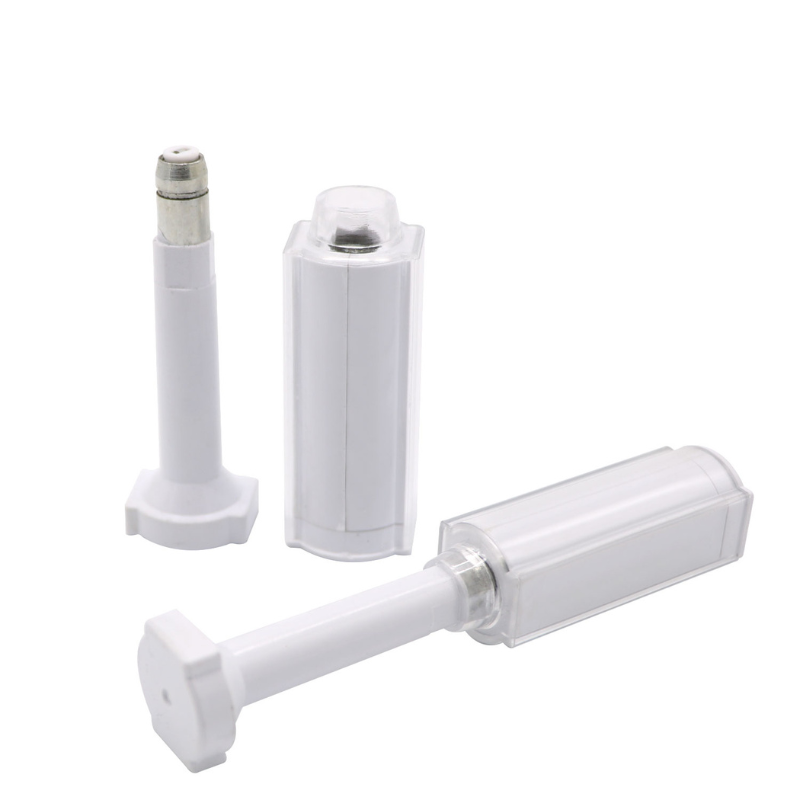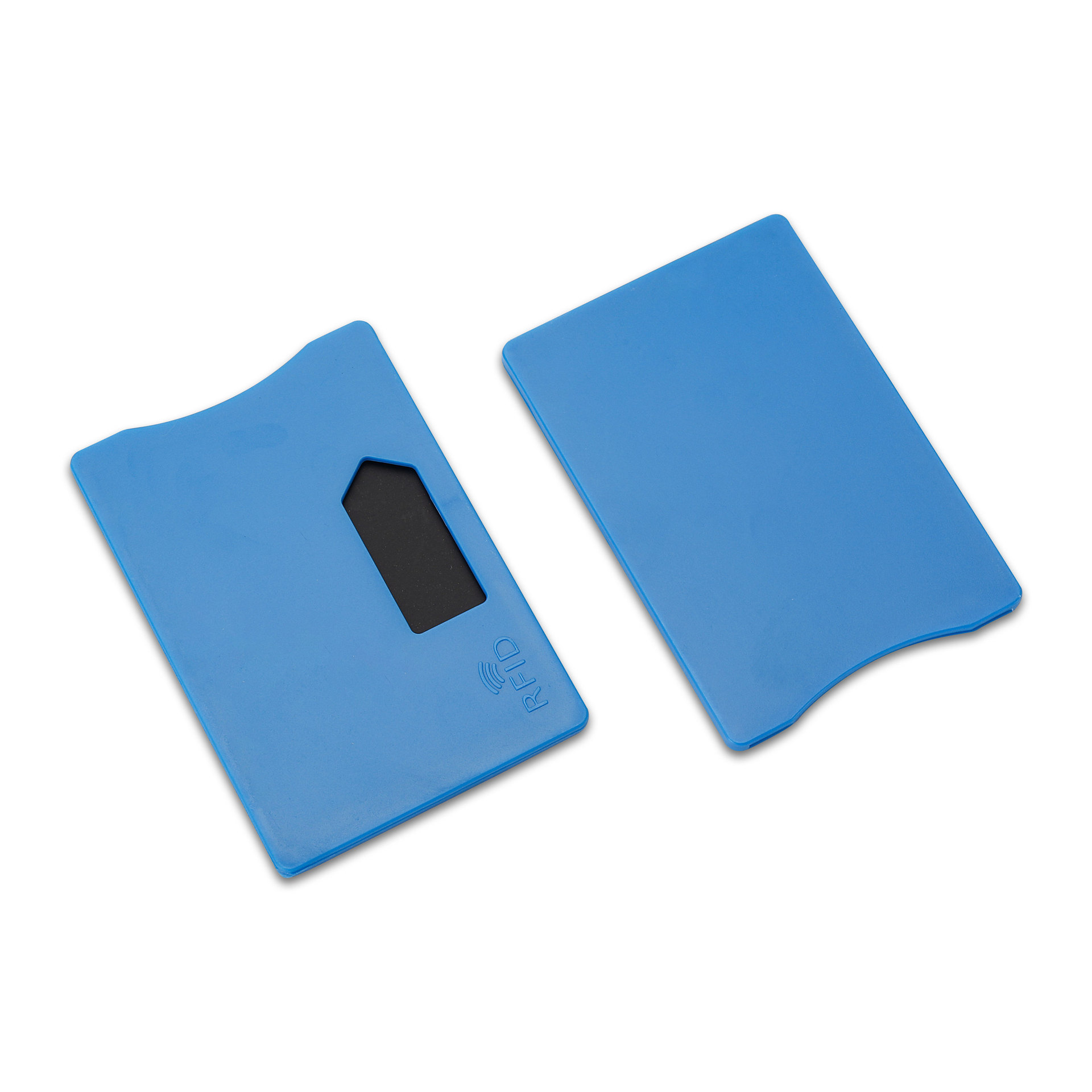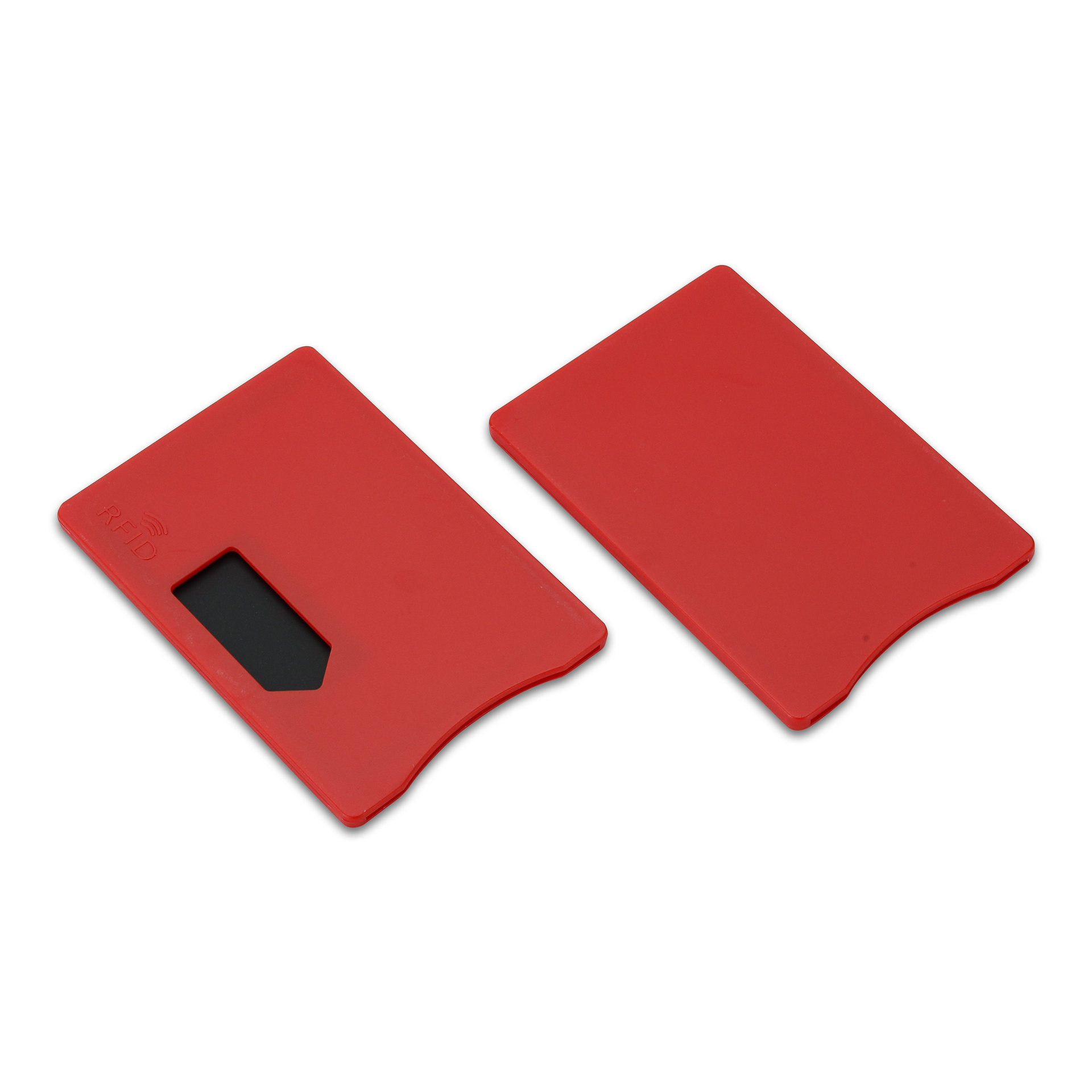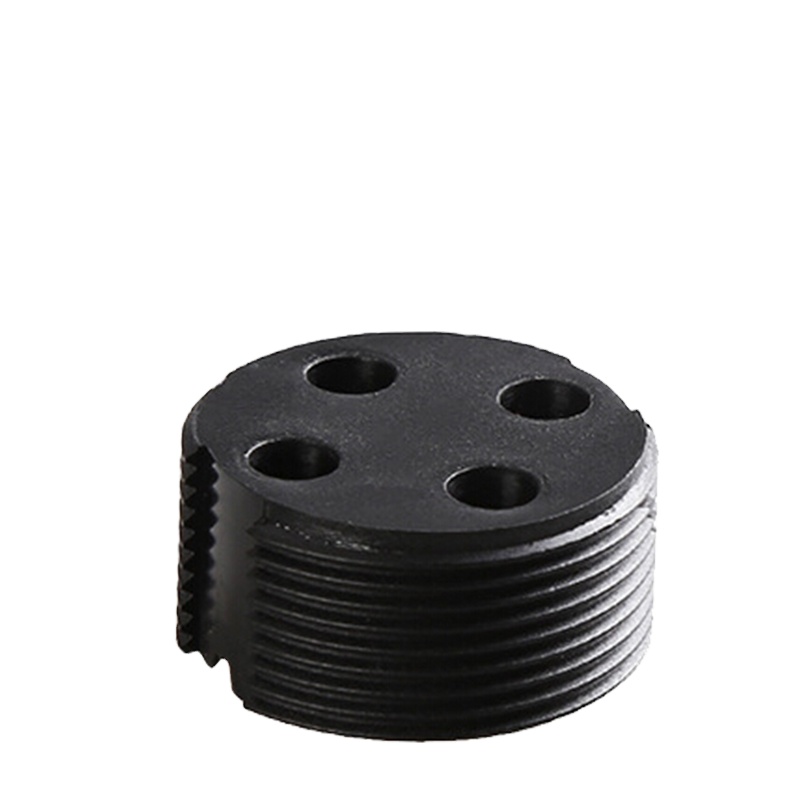
Qual é a diferença entre etiquetas RF e RFID?
Índice
Diferença entre etiquetas RF e RFID: definições, tecnologia e aplicações em armazenagem
No entanto, esses termos são frequentemente usados de forma intercambiável, o que leva a confusão sobre o seu verdadeiro significado e diferenças. Compreender a diferença entre RF e RFID ajuda as empresas a otimizar as operações, melhorar a eficiência e fazer investimentos mais inteligentes em tecnologia.
Este guia explica como a tecnologia RF e Etiquetas RFID funcionam, como diferem e por que a tecnologia RFID está a transformar as cadeias de abastecimento modernas.

O que é a tecnologia RF e como funciona?
RF (Radiofrequência) refere-se ao uso de ondas de rádio eletromagnéticas para transmitir dados sem fios. Serve como base para vários sistemas de comunicação sem fios, incluindo tecnologia RFID, Wi-Fi e Bluetooth.
Componentes principais da tecnologia RF:
- Transmissor e recetor: geram e captam sinais de rádio.
- Faixa de frequência: Opera de alguns kilohertz (kHz) a gigahertz (GHz), dependendo do caso de uso.
- Aplicações: Comumente usado em sistemas de comunicação, controles remotos de portas de garagem, microfones sem fio e sistemas de segurança.
Em suma, a tecnologia RF fornece a espinha dorsal sem fios que permite a identificação, a comunicação e a troca de dados — e a tecnologia RFID é uma das suas aplicações mais especializadas.
O que é RFID e como funciona?
A RFID (Identificação por Radiofrequência) baseia-se na tecnologia RF para permitir a identificação e o rastreamento sem fios de objetos etiquetados.
Um sistema RFID consiste em:
- Etiquetas RFID
- Leitor RFID
- Sistema de antena e software
Como funciona a tecnologia RFID:
- Ativação do leitor: O Leitor RFID envia um sinal de rádio através de uma antena.
- Resposta da etiqueta: A etiqueta RFID capta a energia desse sinal e transmite os dados armazenados.
- Captura de dados: O leitor recebe a resposta da etiqueta e transfere os dados para uma base de dados central ou sistema de gestão de armazém (WMS).
Ao contrário dos códigos de barras, as etiquetas RFID não requerem leitura direta, permitindo que várias etiquetas sejam lidas simultaneamente e melhorando a eficiência em ambientes movimentados.
Diferença entre RF e RFID
Enquanto RF representa a categoria mais ampla de comunicação sem fios, RFID é uma implementação específica da tecnologia RF projetada para identificação de itens e rastreamento de dados.
| Recurso | RF | RFID |
|---|---|---|
| Definição | Utilização geral de ondas de rádio para transmissão sem fios de dados | Aplicação de RF para identificação e rastreamento de objetos |
| Componentes principais | Transmissor e receptor | Etiquetas, leitores, antenas e software de gestão |
| Tipo de comunicação | Transmissão de sinal básico | Identificação bidirecional e troca de dados |
| Aplicações | Rádios, controles remotos, Wi-Fi, sistemas de segurança | Gestão de armazéns, logística, retalho, controlo de acessos |
| Funcionalidade dos dados | Transfere dados de sinal brutos | Transferências de informações digitais armazenadas ligadas a ativos físicos |
Como funcionam as etiquetas RFID
As etiquetas RFID são dispositivos miniatura que armazenam e enviam dados para um leitor RFID. Cada etiqueta contém:
- Microchip (IC): Armazena dados de identificação exclusivos.
- Antena: Recebe energia e transmite sinais.
- Substrato/Inlay: Protege os componentes internos.
Quando uma etiqueta entra no campo de um leitor RFID, ela transmite dados como um ID exclusivo ou código do produto, permitindo visibilidade em tempo real nas operações do armazém ou da cadeia de abastecimento.
Tipos de etiquetas RFID
1. Etiquetas RFID passivas
- Fonte de alimentação: Sem bateria interna; alimentado pelo sinal do leitor.
- Alcance: Alguns centímetros a vários metros.
- Aplicações: Venda a retalho, gestão de inventário e etiquetagem ao nível do artigo.
2. Etiquetas RFID ativas
- Fonte de alimentação: Bateria integrada para transmissão contínua do sinal.
- Alcance: Até 100 metros ou mais.
- Aplicações: Rastreamento de veículos, gestão de frotas, monitorização de grandes ativos.
A escolha entre etiquetas RFID ativas e passivas depende dos seus requisitos de alcance, vida útil da etiqueta e orçamento.
Aplicações da tecnologia RFID em armazenagem
A tecnologia RFID está a transformar as operações de armazenamento e cadeia de abastecimento, proporcionando automatização, precisão e transparência.
Principais aplicações do armazém:
- Gestão de inventário: Visibilidade em tempo real dos níveis de stock e localização dos itens.
- Gestão de docas: rastreia as mercadorias à medida que entram e saem das instalações.
- Rastreamento de ativos: garante a responsabilidade e a rastreabilidade de itens de alto valor.
- Eficiência operacional: Reduz erros de digitalização manual e custos de mão de obra.
“Os armazéns que utilizam etiquetas RFID podem processar até 20 vezes mais movimentos de inventário em comparação com os sistemas de código de barras.”
RFID vs NFC: Relacionados, mas diferentes
Ambos NFC (Comunicação de Campo Próximo) e RFID utilizam tecnologia RF, mas diferem em alcance, finalidade e capacidade de comunicação.
| Recurso | RFID | NFC |
|---|---|---|
| Faixa | Longo alcance (até 100 metros) | Curto alcance (até 10 cm) |
| Fonte de energia | Ativo ou passivo | Apenas passiva |
| Troca de dados | Mão Única | Bidirecional (ponto a ponto) |
| Aplicações | Gestão de armazéns, logística, rastreamento de ativos | Pagamentos móveis, verificação de identidade, acesso inteligente |
A NFC pode ser vista como um subconjunto especializado da tecnologia RFID, ideal para a troca segura de dados de curto alcance, enquanto as etiquetas RFID dominam o rastreamento industrial e a logística.
Papel da RF nos sistemas de segurança (integração EAS)
Os sistemas de vigilância eletrónica de artigos (EAS) utilizam normalmente etiquetas RF para prevenir roubos em ambientes de retalho ou armazéns.
Como funciona a segurança com etiquetas RF:
- Colocação da etiqueta: Uma etiqueta RF é afixada na mercadoria.
- Detecção: Os portões de segurança verificam se há etiquetas ativas nas saídas.
- Alerta: Se uma etiqueta ativa passar, o sistema aciona um alarme.
Ao integrar a tecnologia RFID, os sistemas EAS ganham maior precisão de detecção e automação durante o checkout ou envio.

Perguntas frequentes
Qual é a principal diferença entre RF e RFID?
RF refere-se à comunicação sem fios geral utilizando ondas de rádio. RFID é um tipo específico de tecnologia RF utilizada para rastreamento e identificação através de etiquetas e leitores RFID.
A RFID pode substituir os códigos de barras no armazenamento?
Sim. As etiquetas RFID não requerem linha de visão, oferecem uma captura de dados mais rápida e são mais duráveis do que os códigos de barras tradicionais.
As etiquetas RF e as etiquetas RFID são intercambiáveis?
Não. As etiquetas RF são mais simples e utilizadas principalmente em sistemas antirroubo. As etiquetas RFID são mais avançadas e utilizadas para rastreamento e troca de dados.
Como funciona uma etiqueta RFID?
Um leitor RFID envia um sinal, a etiqueta responde com os dados armazenados e o sistema regista-os automaticamente — ideal para inventário em tempo real.
Conclusão
A tecnologia RF é a base sem fios da comunicação moderna, enquanto a tecnologia RFID se baseia nela para permitir sistemas de identificação inteligentes e automatizados.
- Use etiquetas RFID para rastreamento em tempo real, automação e precisão em armazenamento e logística.
- Utilize sistemas RF para aplicações gerais de comunicação e detecção.
Ao compreender a diferença entre RF e RFID, as empresas podem escolher as ferramentas certas para aumentar a eficiência, reduzir custos e preparar as suas operações para o futuro.

Raio Zhou
Este artigo foi escrito por Ray Zhou, um especialista em tecnologia RFID com mais de 10 anos de experiência no sector.
Comentários
Produtos quentes
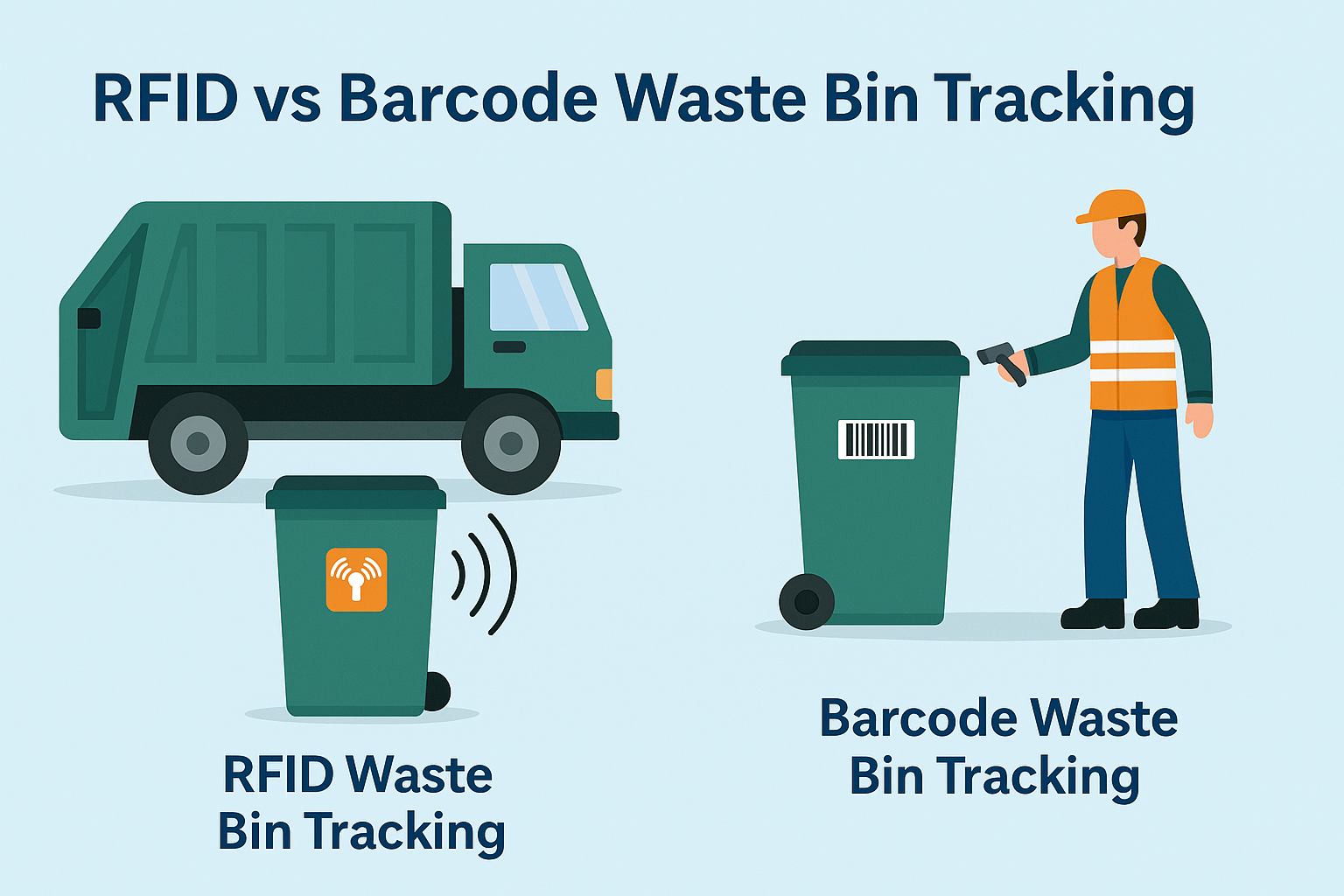
O que é a gestão de resíduos por RFID
Imagine uma cidade onde todas as lixeiras falam — não literalmente — mas através de um pequeno chip que informa ao sistema quando estão cheias, quando são esvaziadas e para onde vão. É isso que a gestão de resíduos por RFID está a fazer hoje.
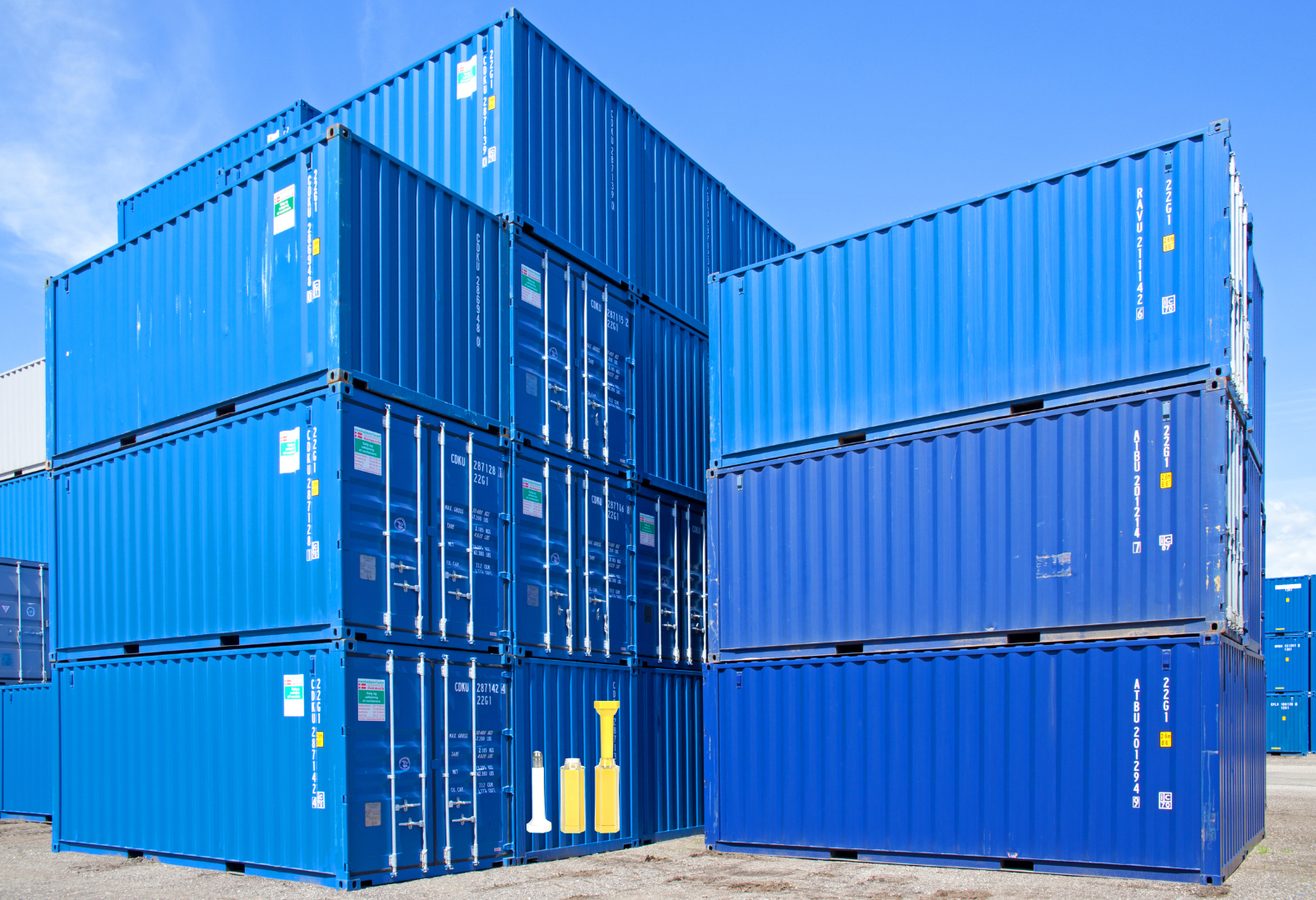
O que são vedantes de parafuso e suas aplicações? | Guia completo
No comércio global e na logística, os selos de segurança desempenham um papel crucial para garantir a segurança e a conformidade da carga. Estes pequenos mas poderosos dispositivos foram concebidos para bloquear contentores de transporte, reboques e portas de carga com um mecanismo inviolável.
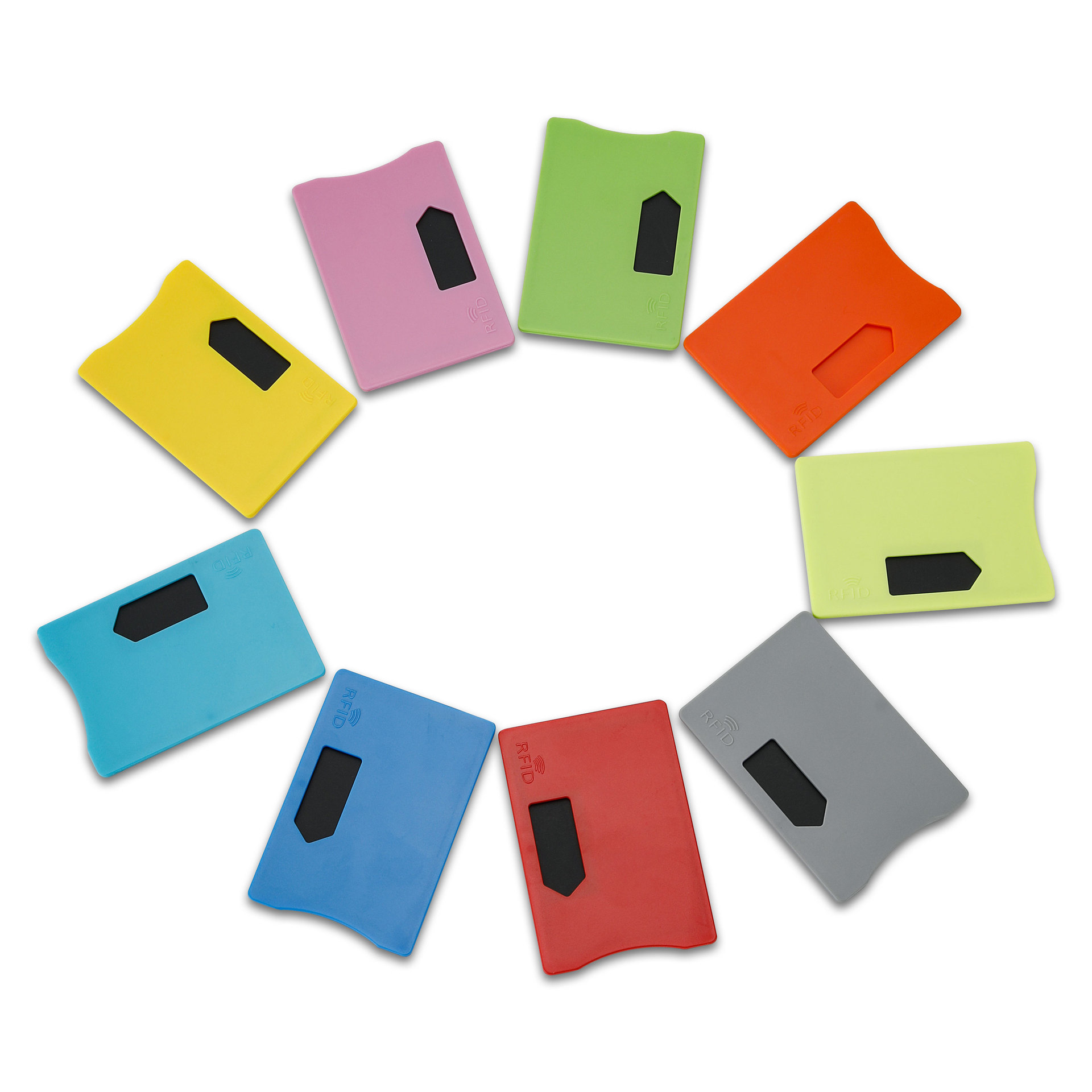
O que é um protetor de cartões RFID? Benefícios, casos de uso e guia de compra
A tecnologia RFID (identificação por radiofrequência) está em todo o lado: nos seus cartões de crédito, cartões de identificação, passes de trânsito, chaves de quartos de hotel e muito mais. Oferece rapidez e conveniência, mas também abre a porta a um novo tipo de roubo digital chamado "skimming". É aí que entra um protetor de cartões RFID.

Pulseiras RFID para eventos: Guia de compra a granel para organizadores
As pulseiras RFID para eventos estão a tornar-se a solução ideal para os organizadores que necessitam de entradas mais rápidas, prevenção de fraudes e pagamentos sem dinheiro em concertos, festivais e recintos desportivos. Ao contrário dos bilhetes em papel ou dos códigos QR, estas pulseiras inteligentes utilizam chips incorporados para agilizar o acesso, proteger as transacções e melhorar a experiência dos convidados.
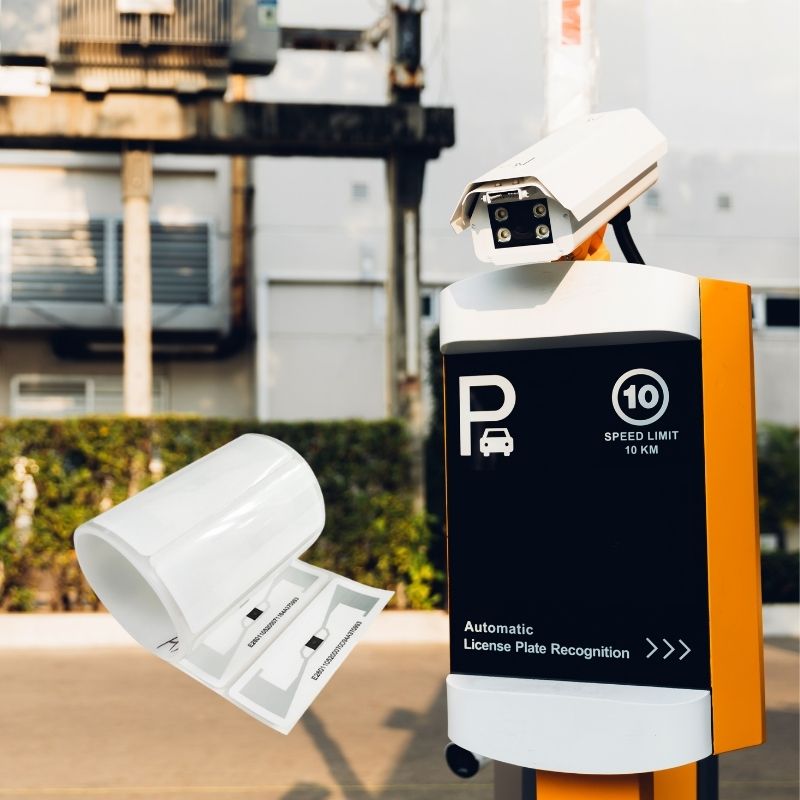
Como a etiqueta RFID no para-brisas melhora o controlo de acesso de veículos e os sistemas de portagens
No mundo acelerado de hoje, a identificação de veículos tem de ser rápida, segura e sem contacto. Uma etiqueta RFID no para-brisas proporciona exatamente isso - uma forma fiável de gerir a cobrança de portagens, o estacionamento e o acesso a portões sem parar os veículos.
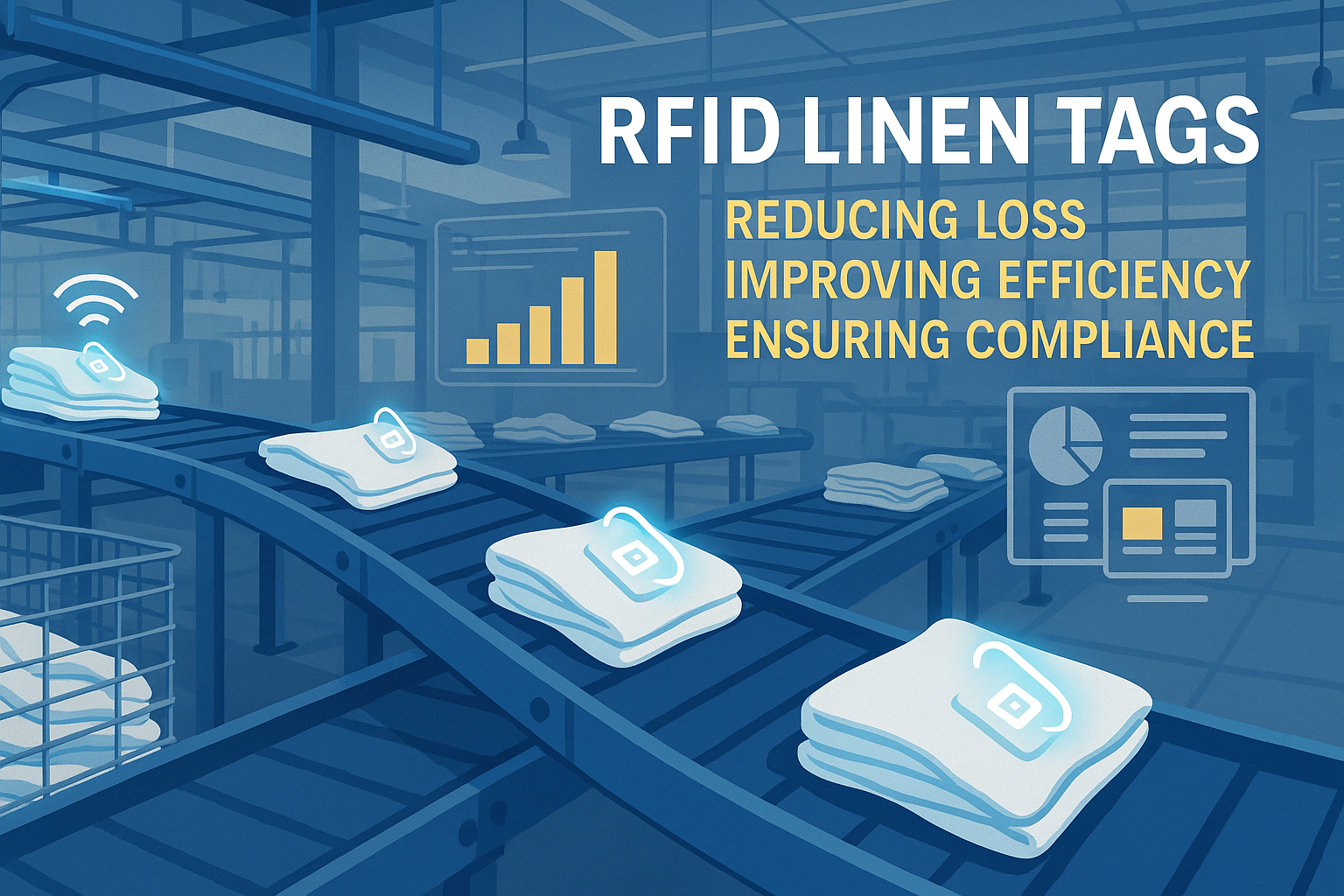
As vantagens das etiquetas RFID para roupa de cama na lavandaria comercial
Gerir a lavandaria em hospitais, hotéis ou grandes serviços de lavandaria é uma tarefa importante. Todos os dias, milhares de lençóis, toalhas e uniformes são lavados, separados e enviados de volta. Mas problemas como lençóis perdidos, erros de separação e contagem manual podem custar muito dinheiro às empresas. Por exemplo, os hotéis de média dimensão podem perder mais de $200.000 por ano devido à falta de roupa de cama.
É aí que entram as etiquetas RFID para roupa de cama.
Etiquetas
BLOGS RELACIONADOS

O que é a gestão de resíduos por RFID
Imagine uma cidade onde todas as lixeiras falam — não literalmente — mas através de um pequeno chip que informa ao sistema quando estão cheias, quando são esvaziadas e para onde vão. É isso que a gestão de resíduos por RFID está a fazer hoje.

O que são vedantes de parafuso e suas aplicações? | Guia completo
No comércio global e na logística, os selos de segurança desempenham um papel crucial para garantir a segurança e a conformidade da carga. Estes pequenos mas poderosos dispositivos foram concebidos para bloquear contentores de transporte, reboques e portas de carga com um mecanismo inviolável.

O que é um protetor de cartões RFID? Benefícios, casos de uso e guia de compra
A tecnologia RFID (identificação por radiofrequência) está em todo o lado: nos seus cartões de crédito, cartões de identificação, passes de trânsito, chaves de quartos de hotel e muito mais. Oferece rapidez e conveniência, mas também abre a porta a um novo tipo de roubo digital chamado "skimming". É aí que entra um protetor de cartões RFID.

